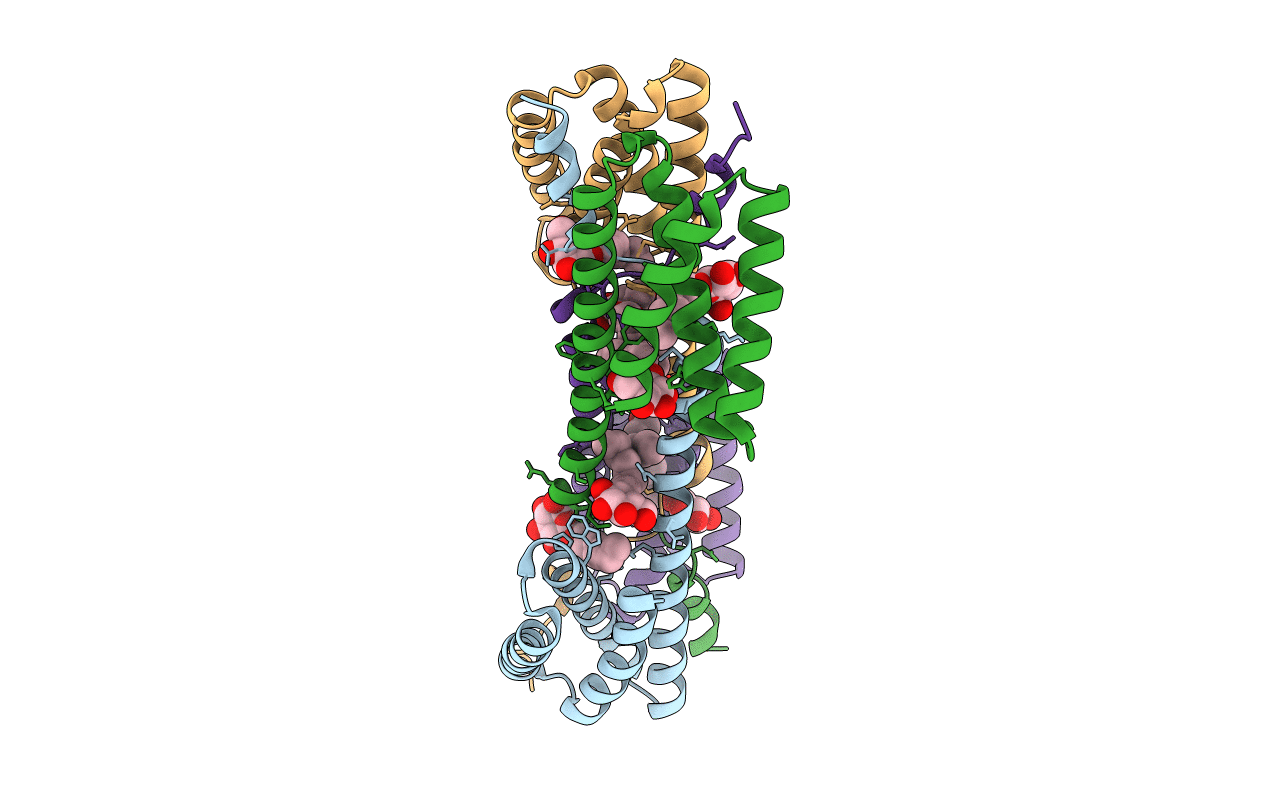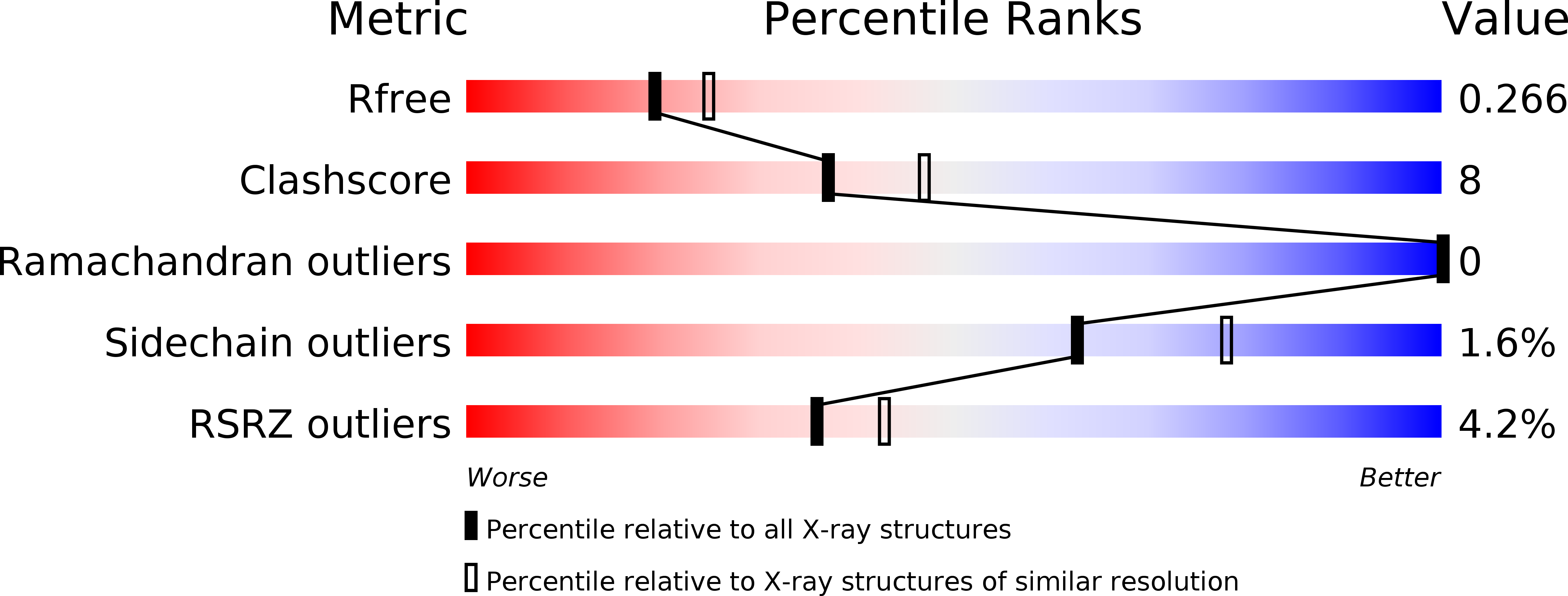
Deposition Date
2008-11-20
Release Date
2009-11-10
Last Version Date
2024-11-20
Entry Detail
PDB ID:
3FBZ
Keywords:
Title:
Crystal structure of ORF140 of the archaeal virus Acidianus Filamentous Virus 1 (AFV1)
Biological Source:
Source Organism:
Acidianus Filamentous Virus 1 (Taxon ID: 235266)
Host Organism:
Method Details:
Experimental Method:
Resolution:
2.30 Å
R-Value Free:
0.25
R-Value Work:
0.18
R-Value Observed:
0.18
Space Group:
P 21 21 21


